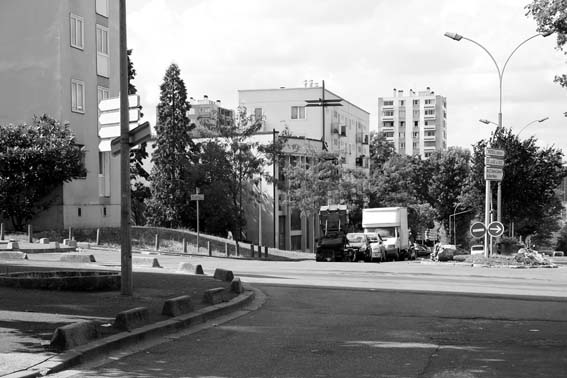Ciudad contemporánea y presencia de la Iglesia
DOI:
https://doi.org/10.17979/aarc.2011.2.2.5067Palabras clave:
Ciudad, contemporaneidad, Iglesia, presencia de lo sacroResumen
La ciudad contemporánea europea se muestra como compuesta por dos partes distintas y profundamente diversas en las características compositivas y de significado: el centro histórico, con un tejido sedimentado a lo largo de los siglos, habitualmente de modestas dimensiones y todavía reconocible en sus antiguos límites; y la periferia, que en poco más de un siglo ha alcanzado dimensiones muy superiores a toda la superficie del núcleo antiguo. Las dos partes difieren entre sí en lo que respecta a la estructura de la trama urbana, ya sea por la diferente cualidad de los lugares de socialización, o ya, de forma concreta, en cuanto se refiere a la prestancia y presencia de lo sacro.
Para captar las razones y los elementos capitales de la ciudad contemporánea, a fin de evaluar cuáles desempeñan en ella el posible papel de lugar cultual, es preciso recorrer las etapas fundamentales del desarrollo de la ciudad e intentar comprender las razones de peso en relación con lo sacro.
Descargas
















